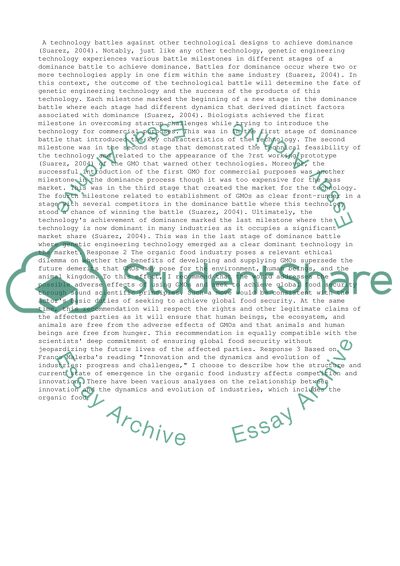Cite this document
(“Management government 4500 Term Paper Example | Topics and Well Written Essays - 1000 words”, n.d.)
Retrieved from https://studentshare.org/management/1491296-management-government
Retrieved from https://studentshare.org/management/1491296-management-government
(Management Government 4500 Term Paper Example | Topics and Well Written Essays - 1000 Words)
https://studentshare.org/management/1491296-management-government.
https://studentshare.org/management/1491296-management-government.
“Management Government 4500 Term Paper Example | Topics and Well Written Essays - 1000 Words”, n.d. https://studentshare.org/management/1491296-management-government.


